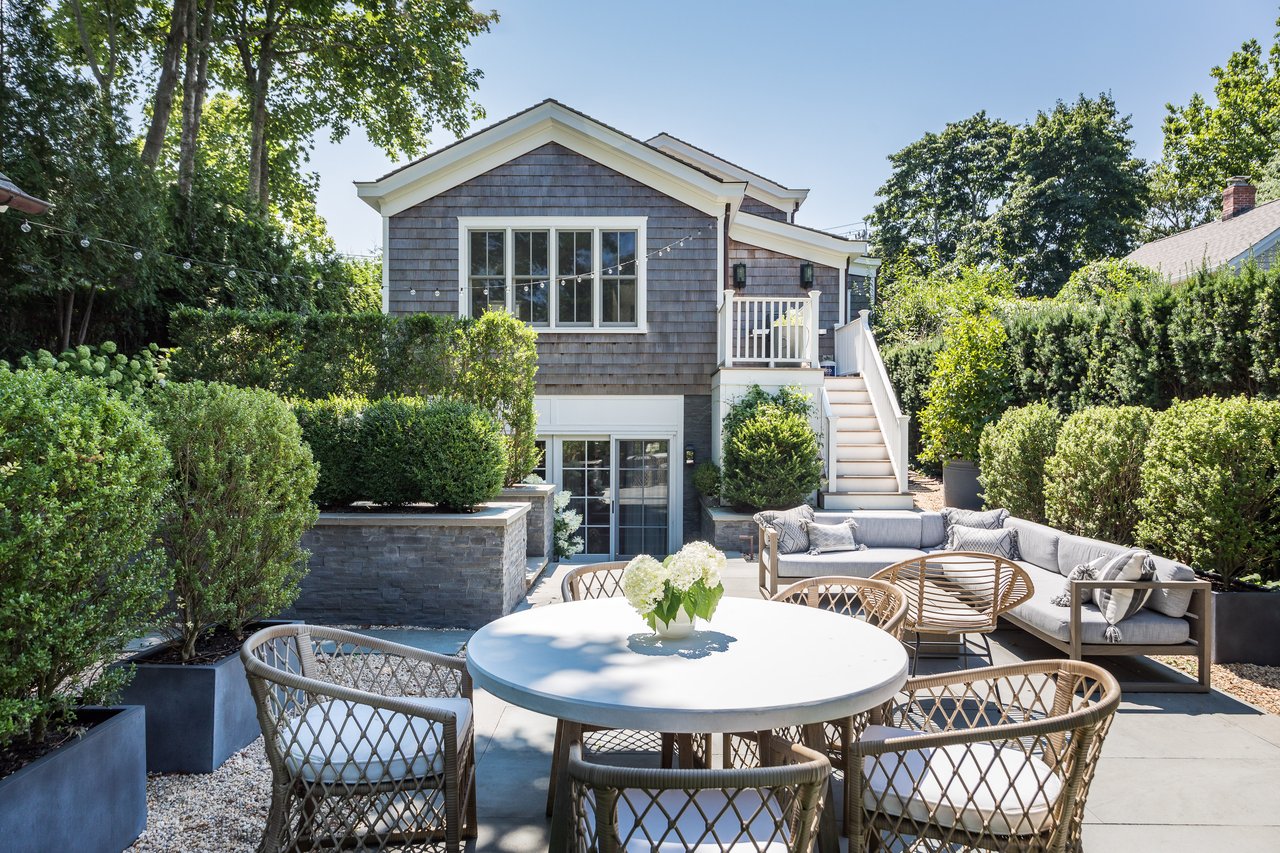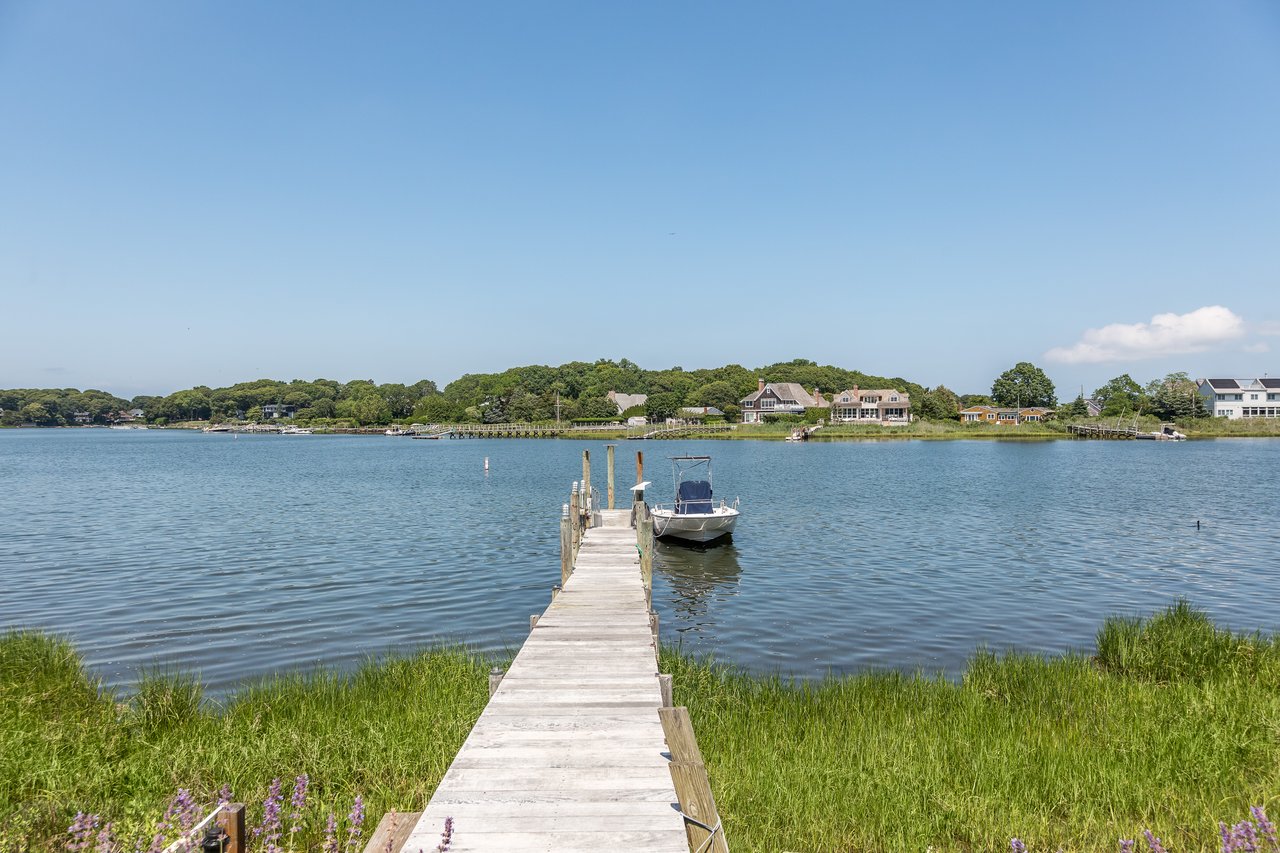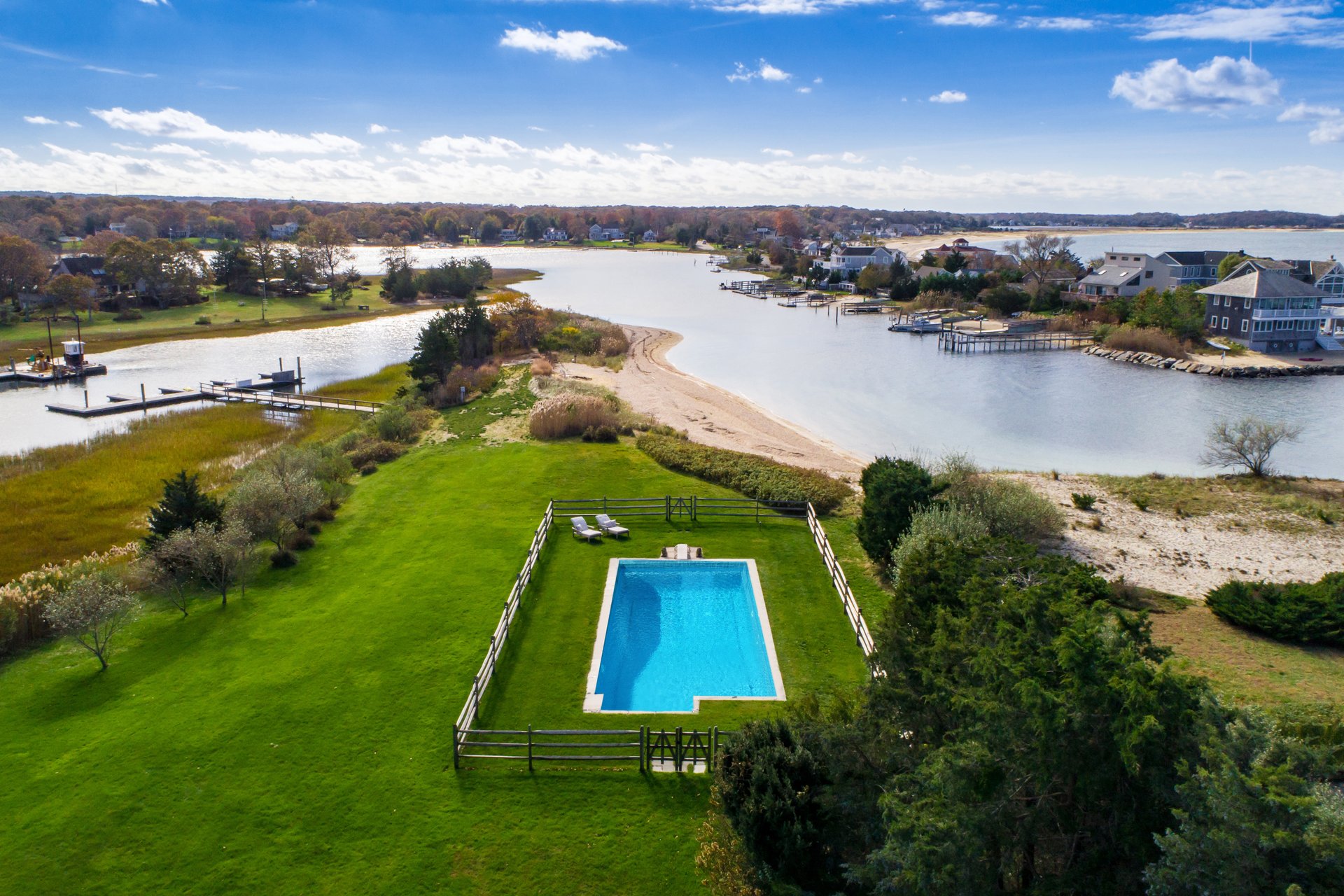

Let's get started
The Hamptons are one the most unique and competitive real estate markets in the world, and we understand that making a decision to buy a home here can be particularly overwhelming.
Whether you are a seasoned renovator or a first time homeowner, things don’t always go as planned and emotions can run high. Being well prepared and clear on your plan of action is critical for sanity’s sake.

PHASE I

PHASE II

PHASE III


PHASE IV
For East Hampton, Southampton and Shelter Island, the tax is computed as follows:
For Southold and Riverhead, the tax is computed as follows:
Amount: $675 for 1st $100,000
Note: If purchase is financed by a bank additional insurance is required.
Amount: 1% of mortgage, paid by mortgagor
Recent poll shows survey charges for existing lots vary from $1,200 to $2,500
Varies but estimated between $4,500-$6,000
This varies depending on the size of the home and the depth of the desired inspection report needed. Also, if specific Due Dilengence requires a Septic Inspection, Soil Test, Water Test, Termite Test, the costs will fluctuate. Estimates are between $1,200 to $3,500
For East Hampton, Southampton and Shelter Island, the tax is computed as follows:
For Southold and Riverhead, the tax is computed as follows:
Amount: 1% of Sale Price on sales of $1,000,000 or more on improved property
Amount: $675 for 1st $100,000
Note: If purchase is financed by a bank additional insurance is required.
Amount: 1% of mortgage, paid by mortgagor
Recent poll shows survey charges for existing lots vary from $1,200 to $2,500

Our dynamic drive comes through in every transaction leaving no stone unturned and working tirelessly to negotiate the best possible deal for our clients.